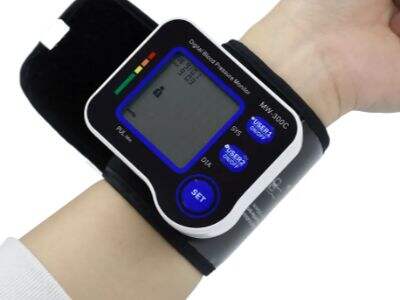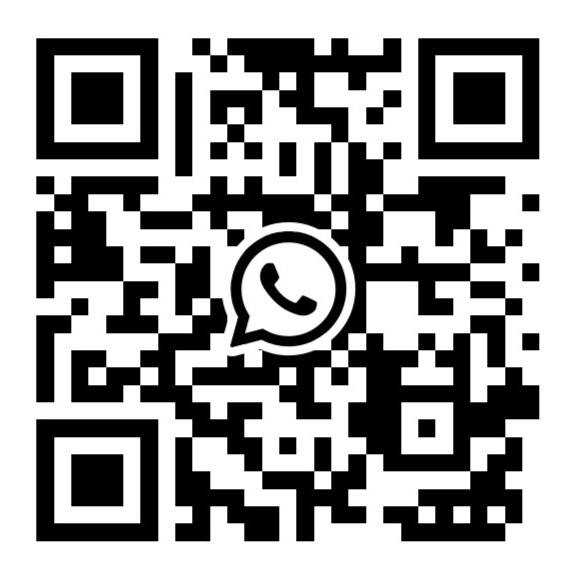Eden od najpomembnejših stvari, na katere moramo pozorno spremljati, je naša telesna temperatura. Preverjanje naše temperature nam pomaga ugotoviti, ko imamo hrošč. Pomembno je znati, da je hrošč simptom, da smo bolni ali se ne zdravo čutimo. Za merjenje temperature uporabljamo termodat. Vendar pa počnemo nekaj začetniških napak, ko merimo temperaturo s termodatom. Takšne napake lahko posložijo pravilno določitev temperature. V tem članku bomo predstavili nekaj koristnih nasvetov o pravilnem uporabljanju termodata, da zagotovimo najtočnejše branje.
Kako uporabiti termodat
Je bistveno, da si umijete roke preden začnete uporabljati termometer. Dobreje počistite roke z saponom in vodo ter jih sušite s čistim ruho. Izogibajte se uporabi alkohola ali dezinfekcije za roke takoj pred uporabo termometra. To je zaradi tega, ker te izdelke lahko pustijo ostanek na rokah, ki bi lahko vplival na branje termometra. Ko vzamete termometer, ne dotikajte se vrha. Vrhnica je del, ki ga vstavite pod jezik, v uho ali na čelo. Roke smete dotakniti le držalko. To pomaga, da ostane vrhnica čista in da dobite branje, ki točno odraža vašo trenutno temperaturo. Prav tako je zelo pomembno slediti navodilom, ki prihajajo z vašim termometrom. Obstajajo različne vrste termometrov, in je bistveno slediti navodilom, da pridете do pravilnih rezultatov temperature.
Dobivanje prave temperature
Ko opisujete temperaturo, se prepričajte, da navedete čas dneva; branje temperature mora biti v določenem časovnem okviru, da je točno. Stružniki pravijo, da morate meriti temperaturo zjutraj, pred tem, ko pojedete ali pišite karkoli. To je, ker se vaša temperatura lahko spreminja v odgovor na mnoge dejavnike, vključno s tistimi, kar ste jedli ali pili, skozi dan. In je tudi najbolje poskusiti preveriti svojo temperaturo vsak dan ob istem času, da si lahko sledite za katerikoli spremembo. Ne merite temperature neposredno po kupanju ali spritu, saj lahko vrne napačno branje. Ko merite temperaturo pod jezikom, morate zapreti usta. Na ta način lahko termostata bolj točno prebere vašo telesno temperaturo, kar je resnično ključno za znatenje, kako se počutite.
Razlikovanje med različnimi vrstami termostatov
Kratek in jasen, ne vse termostate so isti, in način uporabe vsakega pravilno se razlikuje. Digitalni termostati in termostati s rtutom sta dve širši kategoriji termostatov. Digitalni termostati so zelo pogostni, ker prikazujejo številke na zaslonu, zato so enostavno berljivi. Lahko jih uporabite na različne načine, vključno z pod jeziko, v popodu ali pod robo. Termostati s rtutom pa imajo skalo, ki jo morate pozorno spremljati. Tipično se uporabljajo pod jeziko ali intravaginalno. Zato morate biti zelo previdni okrog termostata s rtutom, ker ga lahko enostavno razbiješ. Če je termostat s rtutom praskan ali izgleda poškodovan, ga ne uporabljajte. To je izjemno pomembno za vašo lastno varnost.
Pogoste napake, ki se jim je treba izogibati
Jih preverjajo prehitro, eno izmed največjih napak, ki jih ljudje počnejo. Termostat bi moral ostati na mestu vsaj dve minuti, pravijo strokovnjaki. Dovolite dovolj časa, da bo termostat pravilno izmeril vašo telesno temperaturo. Če ga odstranite prehitro, morda ne boste dobili prave vrednosti. Drugi pa so napačno uporabljali termostat ali so ga postavili na napačno mesto. Prepričajte se, da preberete navodila, ki so prišla z vašim termostatom, da boste prepričani, da ga pravilno uporabljate. Bolje je, da si pomagate čas in ga uporabite pravilno, kot da pospešujete in dobite napačno meritve.
Čiščenje vašega termostata
Čiščenje vašega termostata je ključno za zagotavljanje, da deluje varno in učinkovito. Preprosto ga lahko izterete z dezinfikantom, sabljico in vodo. Prepričajte se, da izterate oba dele termostata, ročnik in vrh, s čistim obrazcem pred in po uporabi. To zmanjša verjetnost, da prenesete mikrobe iz ene uporabe na drugo. Kritično je tudi, da ohranite svoj termostat v suhi, čisti lokaciji. Ne hranite termostata blizu toplinskih virov ali v neposrednem soncu. Te pogoje lahko škodijo termostatunu in ogrožajo njegovo natančnost. S pravilno skrbjo lahko pomagate, da bo vaš termostat bil natančen in bo imel dolgo življenja.








